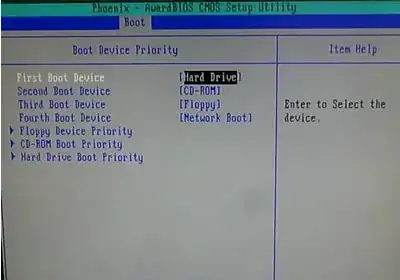Possible Duplicate:
How can I repair grub? (How to get Ubuntu back after installing Windows?)
I upgraded my laptop with an SSD, moving my old HDD to where the DVD-drive was, so that I could have speed and storage.
Now, I have reinstalled Ubuntu on the SSD, deleting all the partitions on the old HDD to make space for a data partition. But now the laptop doesn't even get to GRUB 2 if the HDD is plugged in! If I take it out, everything works, but as soon as I plug it in and retry to boot, I won't find GRUB.
At first, I thought it was because of the boot order, but the order was OK: first the notebook hard drive (SSD) and then the CD/DVD drive (which in reality is the HDD).
How can I fix it?
Doing a simple grub-install /dev/sda doesn't work..
The SSD is sda, and the HDD is sdb.
